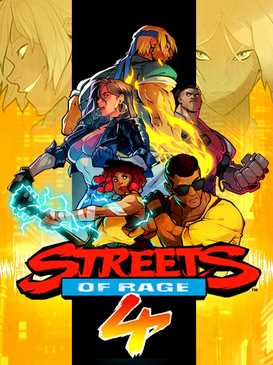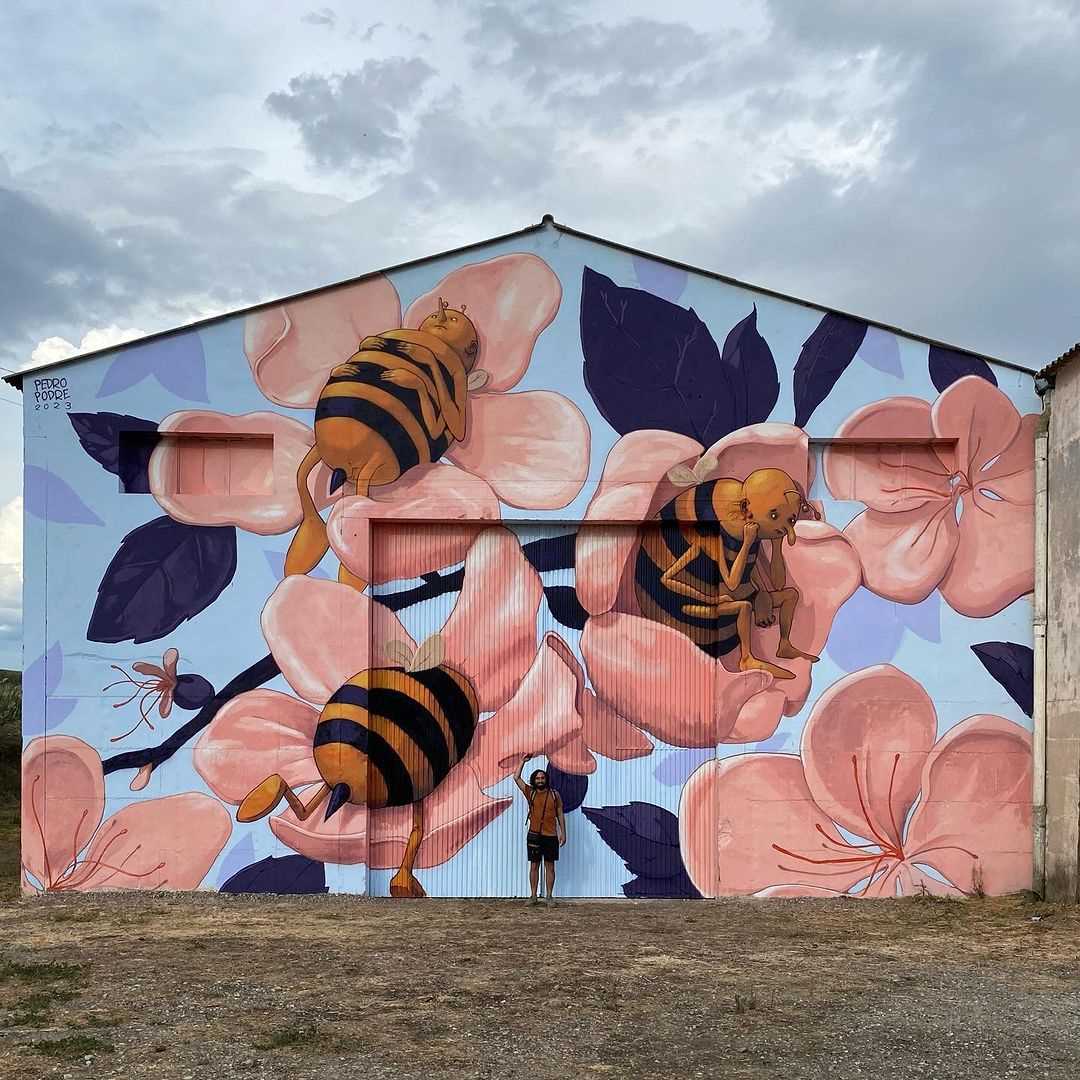
Street art has evolved from an underground form of expression to a mainstream art movement that captivates people all over the world. No longer confined to the shadows, street art has taken to the streets, public spaces, and buildings, bringing color and creativity to urban landscapes. From the graffiti-covered walls of bustling cities to the murals that adorn remote villages, street art has become an integral part of our cultural fabric.
What distinguishes street art from traditional forms of art is its raw and unfiltered nature. It serves as a powerful tool for artists to express their thoughts, emotions, and social commentary. The vibrant colors and bold strokes of street art are a visual representation of the artist’s rebellious spirit and their desire to challenge the status quo.
Street art has the ability to transform ordinary spaces into extraordinary works of art. It has the power to engage and provoke, sparking conversations and inspiring change. From political statements to whimsical creations, street art has the ability to reflect the diverse perspectives and experiences of the communities it inhabits.
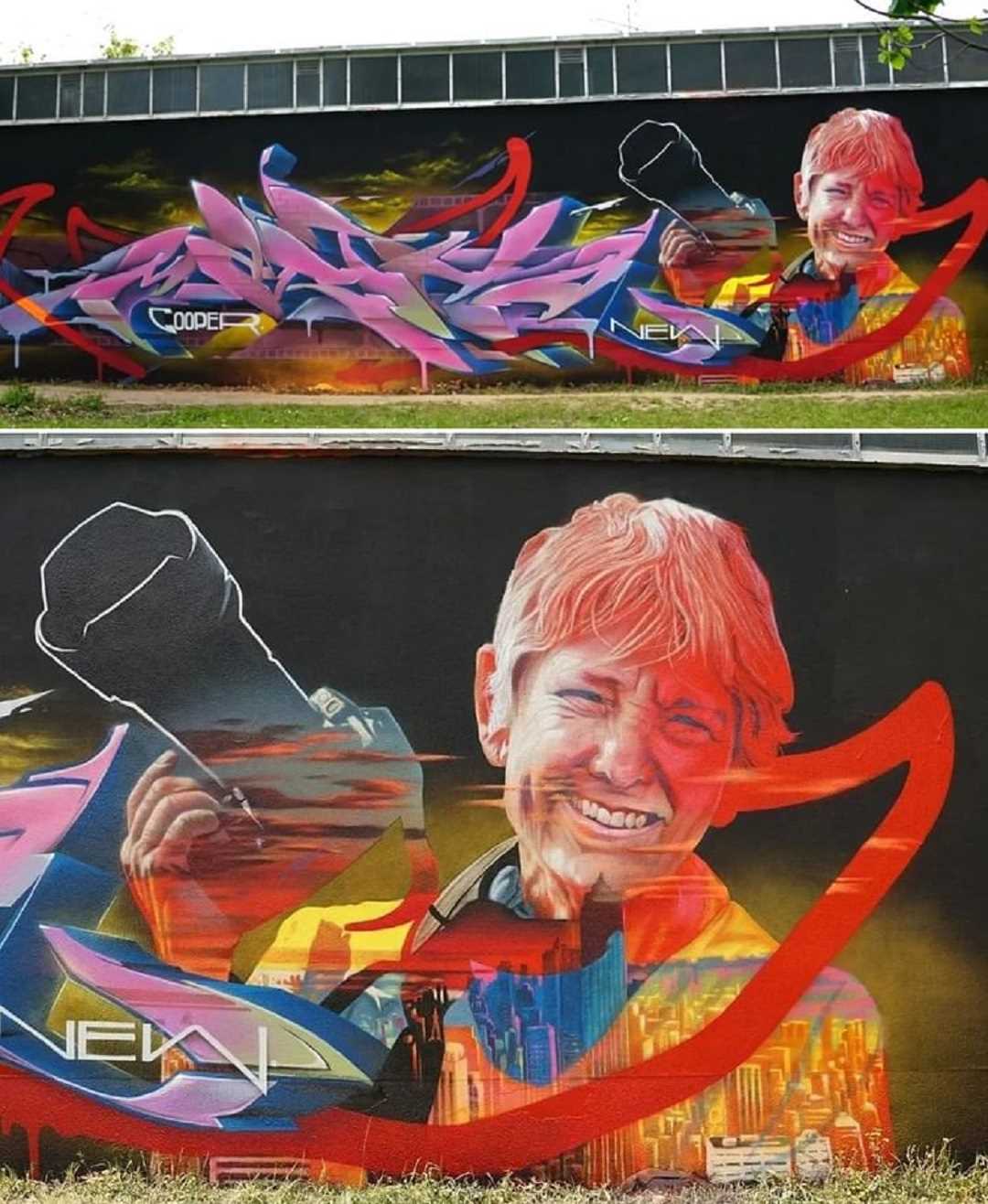
Murals have long served as a powerful form of urban expression, transforming the bland facades of buildings into vibrant works of art. These large-scale paintings can often be found in cities around the world, representing the unique identity and spirit of the community.
Unlike graffiti, which is often seen as vandalism, murals are generally created with the permission of the property owner or as commissioned public artwork. This distinction allows street artists to showcase their creativity in a legal and celebrated manner, giving them a space where their talents can shine.
Some murals serve as political statements or social commentaries, addressing important issues and sparking conversations. They become a visual representation of the collective voice and concerns of the community. Others are purely decorative, bringing color and life to urban landscapes, making dull walls come alive.
One of the most remarkable aspects of murals is their ability to transform the perception of a neighborhood. By creating visually appealing and thought-provoking art, they can uplift the spirit of the area, making it more inviting and inspiring. Murals have the power to unite people, foster a sense of pride, and create a stronger sense of community.
As you wander the streets of a city, keep an eye out for the murals that adorn the buildings. Take a moment to appreciate the talent and skill that went into creating these works of art. They are not just paint on walls – they are messages, stories, and reflections of the vibrant world we live in.
So next time you come across a mural, pause and let it speak to you. Allow it to transport you into a world where imagination knows no boundaries and art has the power to transform.
Stencil Art: Leaving a Mark with Precision
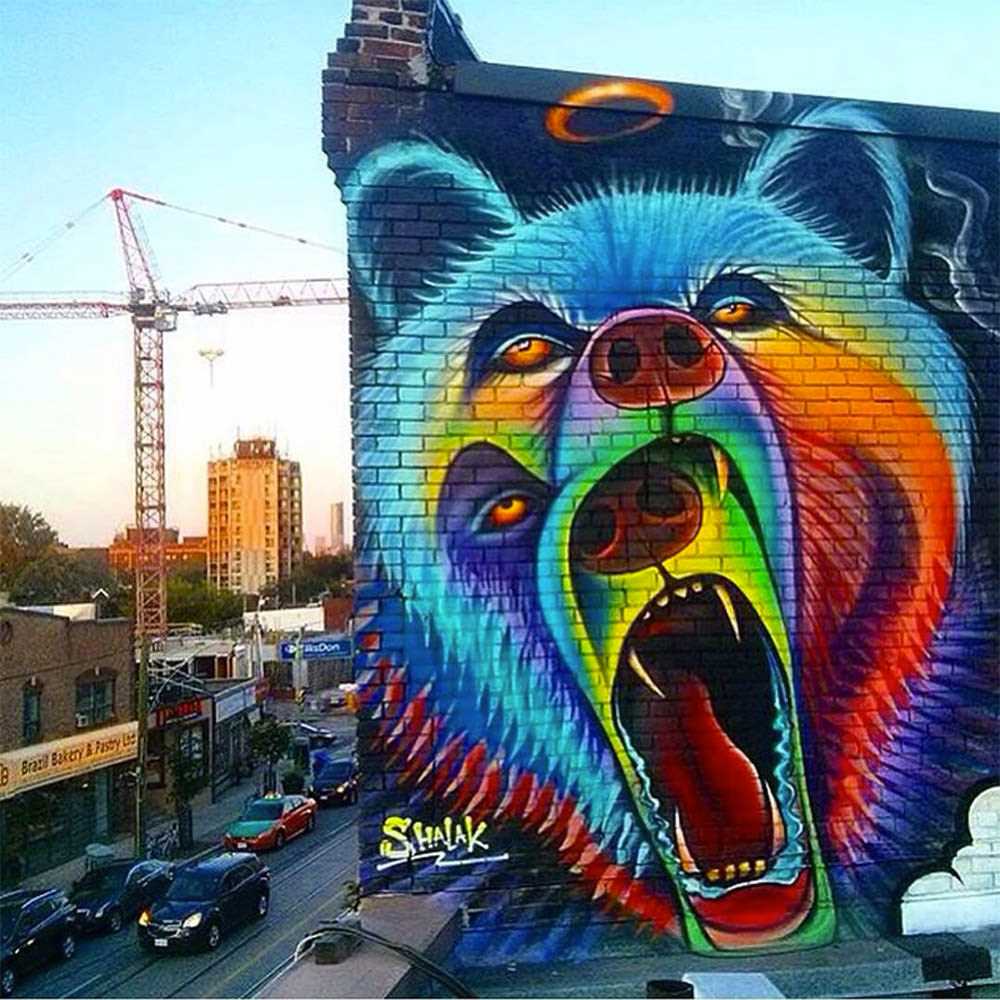
Among the various forms of street art, stencil art stands out for its precise and detailed execution. The technique involves creating a design by cutting out shapes or patterns on a stencil, which is then used to spray paint the desired image onto a surface.
Stencil art allows artists to achieve a level of precision that is unmatched in other forms of street art. By carefully designing and cutting out the stencil, an artist can ensure that every line and detail is accurately reproduced. This precision gives stencil art a unique visual impact, with crisp edges and clean lines that can be seen from a distance.
The use of stencils also allows artists to create complex and intricate designs that would be difficult to achieve freehand. With a stencil, artists can easily reproduce repeating patterns or incorporate fine details into their artwork. This versatility makes stencil art a popular choice for artists who want to create visually striking and attention-grabbing pieces.
Stencil art has a long history and has been used by artists for centuries. It has its roots in graffiti culture, where stencils were often used to quickly create large and impactful artworks on city walls. Since then, stencil art has evolved and grown in popularity, with artists exploring new techniques and pushing the boundaries of the medium.
One of the advantages of stencil art is its accessibility. The materials required are relatively inexpensive and easy to obtain, making it an accessible form of artistic expression for many. Stencils can be made from a variety of materials, including paper, cardboard, or even plastic sheets, allowing artists to experiment with different textures and effects.
Overall, stencil art offers artists a unique way to leave their mark on the urban landscape. With its precision and versatility, stencil art can create bold and captivating images that capture the attention of passersby. Whether it’s a small stencil on a street corner or a large mural covering the side of a building, stencil art has a vibrant and lasting impact on the world of street art.
Tagging: Exploring the Roots of Urban Graffiti
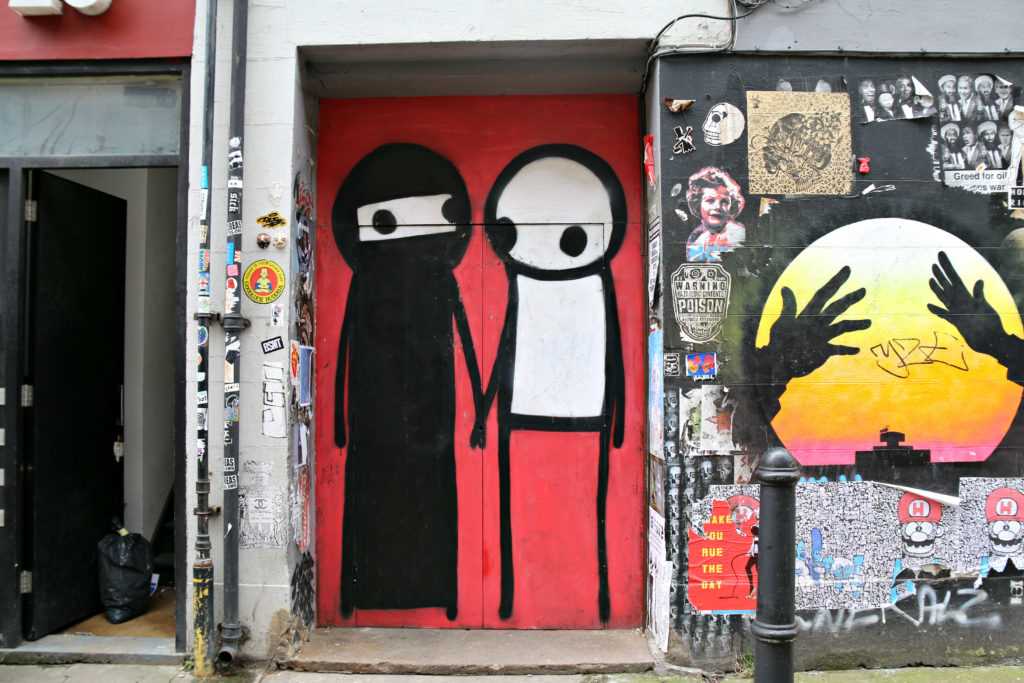
Tagging, a form of graffiti that involves the use of stylized signatures or “tags,” is a fundamental element of urban art culture. Although it may be seen by some as vandalism, tagging has its roots in the desire for individual self-expression and the need for visibility within the urban landscape.
In its purest form, tagging can be traced back to the early 1970s in New York City, where it emerged as a way for marginalized and disenfranchised youth to leave their mark on the city. Brightly colored aerosol paint and various marker tools became the tools of choice for these street artists, allowing them to quickly and boldly assert their presence in public spaces.
Tags often consist of a combination of letters, numbers, symbols, and distinctive stylistic elements. While some artists develop intricate and legible tags, others prioritize speed and repetition, leaving behind a cryptic and abstract signature. Depending on the individual artist, tags can be seen as a personal trademark or a means of staking claim to territory.
The Evolution of Tagging
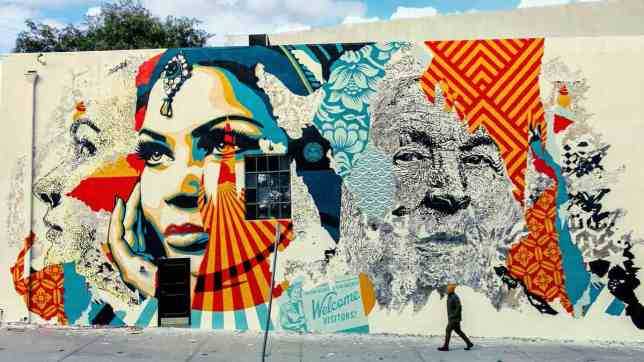
Over time, tagging has evolved and diversified. Artists have developed their own unique styles, influenced by various art movements, cultural references, and personal experiences. This has led to the emergence of different tagging styles, such as throw-ups, bubble letters, and wildstyle. Each style has its own characteristics, reflecting the artist’s creativity and individuality.
Tags have also become an integral part of the hip hop and rap subcultures, as artists use them to establish their identity and gain recognition within the community. In addition, the rise of social media and digital platforms has further amplified the reach and impact of tagging, allowing artists to share their work with a global audience.
The Controversy Surrounding Tagging

Despite its cultural significance and artistic value, tagging remains a controversial and contentious form of expression. Critics argue that it defaces public property and contributes to urban decay, while others see it as a vibrant and dynamic art form that adds vibrancy to cityscapes.
In recent years, efforts have been made to bridge the gap between street art and traditional art forms. Museums and galleries now showcase graffiti and street art exhibitions, recognizing the talent and artistic merit of these urban artists. This shift in perception has prompted a reevaluation of tagging, acknowledging its roots and impact on contemporary art.
Graffiti: A Colorful and Controversial Urban Medium
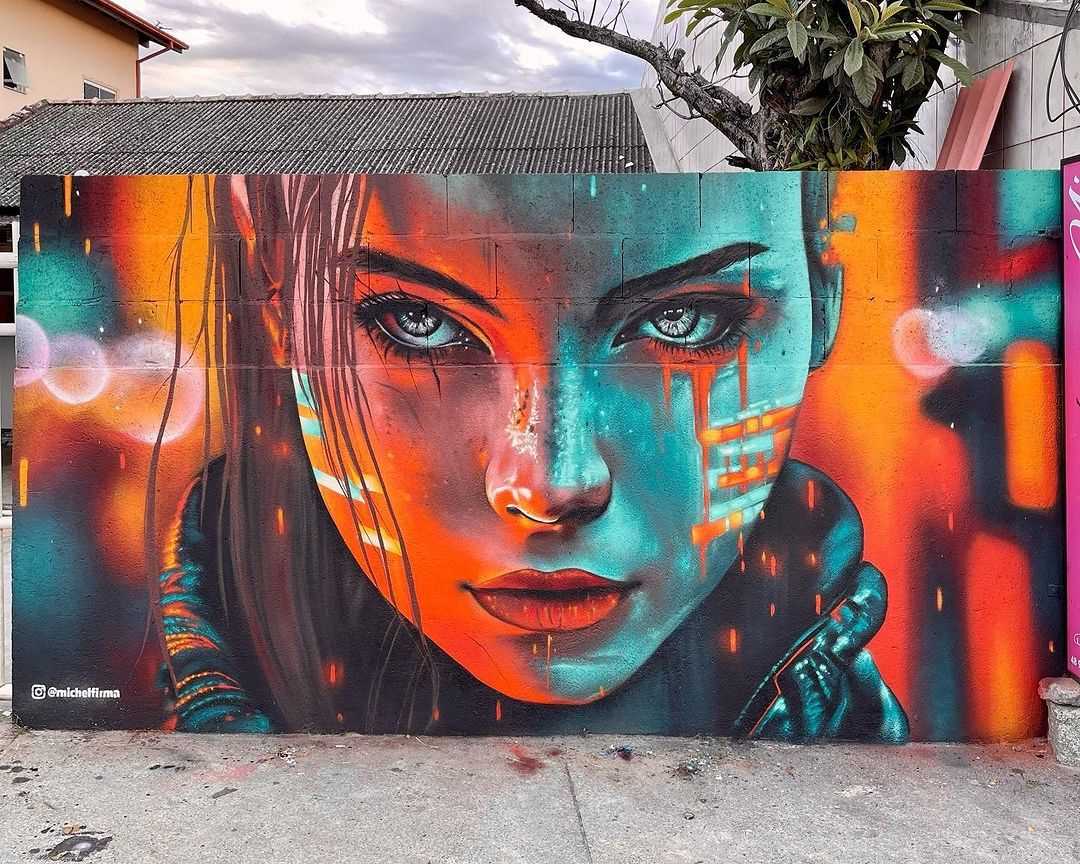
In the vibrant world of street art, graffiti stands out as a colorful and controversial urban medium. With its roots tracing back to the late 1960s and early 1970s in New York City, graffiti has evolved into a global art form that challenges traditional notions of art and public space.
Graffiti artists, often referred to as writers, use walls, bridges, and other surfaces as their canvases. Armed with spray paint cans and stencils, these artists create intricate and eye-catching works of art that showcase their unique style and creativity. From vibrant murals to stylized lettering, graffiti adds a new layer of visual interest to the urban landscape.
But graffiti is more than just a form of artistic expression. It is also a powerful social and political statement. Graffiti artists often use their work to comment on issues such as inequality, discrimination, and environmental destruction. By painting their messages on public spaces, they aim to provoke thought, challenge the status quo, and spark conversations about important societal issues.
However, graffiti is not without controversy. Many view it as a form of vandalism and illegal activity. The unauthorized nature of graffiti raises questions about property rights and public space. Some argue that graffiti defaces buildings and contributes to a sense of urban decay. Others, however, see it as a form of public art that adds vitality and cultural richness to the cityscape.
Despite the controversy, graffiti continues to thrive as an integral part of the street art scene. Its vibrant colors and bold designs serve as a visual reminder of the creativity and resilience of urban communities. Whether you see it as art or vandalism, graffiti’s impact on the urban environment is undeniable.
So next time you come across a graffiti-covered wall, take a closer look. There’s more to this colorful and controversial urban medium than meets the eye.
Spray Paint: The Essential Tool of Street Artists
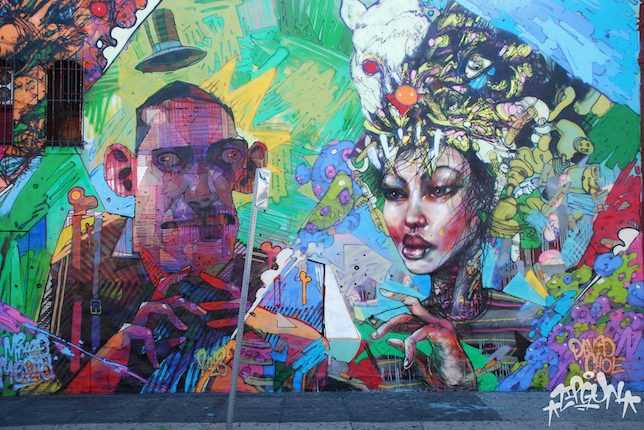
When it comes to street art, one tool stands above the rest in terms of popularity and versatility: spray paint. This versatile medium has become the go-to choice for street artists around the world, allowing them to create stunning and eye-catching artwork.
Spray paint offers a range of benefits that make it the essential tool for street artists. Firstly, its aerosol form allows for quick and efficient coverage, making it perfect for creating large-scale murals on walls and buildings. The wide range of colors and finishes available also gives artists a wide palette to work with, allowing them to bring their visions to life.
Not only does spray paint offer practical advantages, but it also adds to the raw and gritty aesthetic of street art. The drips, fades, and splatters that are characteristic of spray paint add a sense of movement and spontaneity to the artwork, giving it a dynamic and energetic quality.
Techniques and Styles
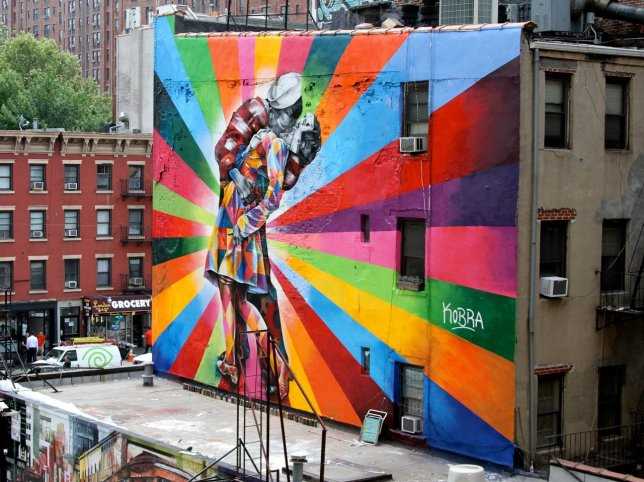
Street artists have mastered a wide range of techniques and styles using spray paint. One common technique is the use of stencils, which allows artists to create detailed and intricate designs with ease. By spraying the paint over a cut-out stencil, artists can quickly reproduce complex images on walls and surfaces.
Another popular style is the use of graffitiscript, which combines traditional graffiti lettering with more fluid and expressive elements. This style often incorporates vibrant colors and dynamic compositions, creating visually striking and captivating pieces.
The Evolution of Street Art
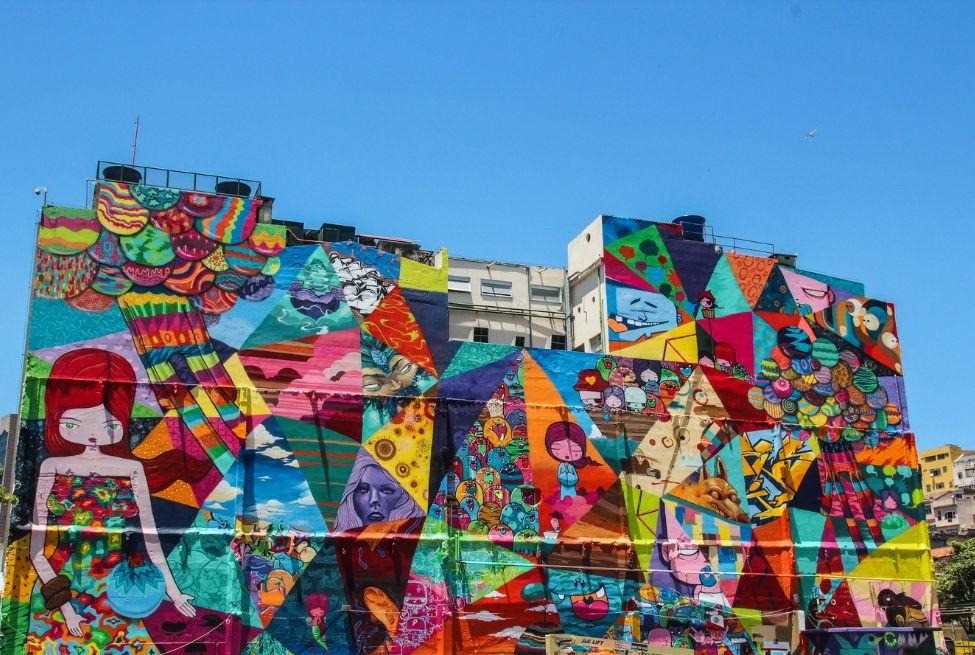
Spray paint has played a significant role in the evolution of street art. It has allowed artists to push the boundaries of what is possible, transforming the urban landscape into a vibrant gallery of public art. The accessibility and affordability of spray paint have also contributed to the democratization of street art, making it accessible to a wide range of artists and allowing for diverse voices to be heard.
The Rise and Evolution of Street Art
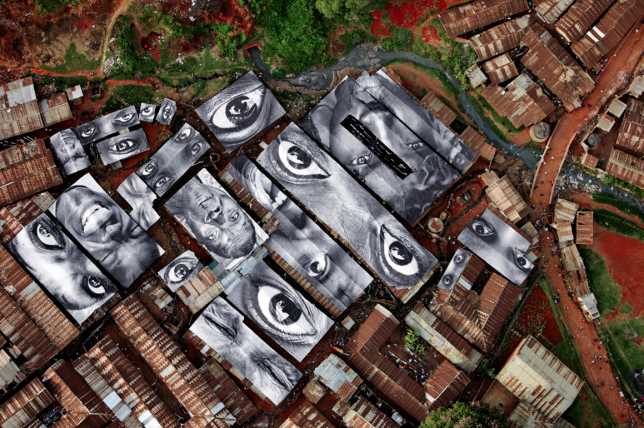
Street art has a long and fascinating history that dates back to ancient times. However, it wasn’t until the late 20th century that street art emerged as a powerful form of self-expression and cultural commentary.
In the 1970s, graffiti started appearing on the walls of New York City, primarily in marginalized neighborhoods. It was a form of protest and rebellion against social and political injustices. Graffiti artists utilized spray paint and markers to create bold, vibrant pieces that were often accompanied by political slogans and messages.
As graffiti gained popularity, it began to evolve into a more sophisticated and diverse art form. Artists started incorporating stencils, stickers, wheatpaste, and other techniques into their work. This allowed them to create intricate and detailed pieces that could be quickly applied to various surfaces.
With the rise of hip-hop culture in the 1980s, street art became deeply intertwined with music, dance, and fashion. Artists like Keith Haring and Jean-Michel Basquiat became celebrated figures, using street art as a means to engage with broader audiences and challenge societal norms.
Over the years, street art has continued to evolve and expand its influence. It has transcended its original underground roots and gained recognition as a legitimate art form. Today, street artists from around the world use walls, buildings, and public spaces as their canvas, creating stunning murals and installations.
Street art exists as a powerful platform for social and political commentary, tackling issues such as inequality, climate change, and human rights. It serves as a voice for the people and challenges the status quo.
The rise and evolution of street art exemplify the power of art to transcend boundaries and inspire change. It continues to captivate audiences with its vibrancy and raw expression, making the world a more colorful and thought-provoking place.
Street Art in Popular Culture: From Vandalism to Recognition
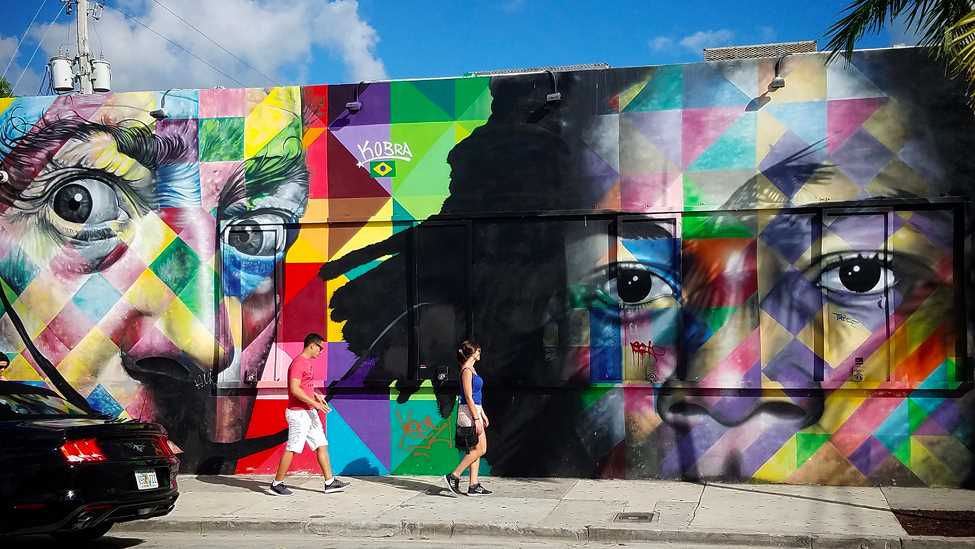
In recent years, street art has transitioned from being viewed as mere vandalism to being recognized as a significant and influential form of artistic expression in popular culture. Historically, street art was often associated with rebelliousness, illegal activity, and defacement of public property.
However, as the art form evolved and gained more visibility, its cultural impact started to become more apparent. Street art has the power to challenge societal norms and provoke thought and conversations about various social issues. Artists use public spaces as their canvas to convey powerful messages, often bringing attention to political, environmental, and social injustices.
Street art has also become an integral part of contemporary urban culture, transforming once neglected or plain spaces into vibrant and visually appealing outdoor galleries. Murals, stencils, and graffiti can be found in cities all around the world, and many cities have embraced street art as a form of cultural expression, commissioning artists to create large-scale public artworks and organizing street art festivals.
With the rise of social media and the internet, street art has reached an even broader audience, enabling artists to share their work instantly and gain recognition. Platforms like Instagram and Facebook have become galleries in themselves, showcasing the diversity and talent of street artists from different corners of the globe.
Despite its growing recognition and popularity, street art still faces challenges and controversy. Some argue that it should remain underground and countercultural, while others believe it should be supported and protected as a legitimate art form.
Overall, street art has undeniably made its mark in popular culture, transitioning from an art form associated with vandalism to one that is celebrated and appreciated for its creativity, cultural significance, and ability to transform public spaces. It continues to challenge traditional artistic boundaries and engage with the public on a deeper level.

I am a mural enthusiast and a fervent admirer of street art. Rather than creating murals myself, I am passionate about collecting them. My love for street art knows no bounds. I am dedicated to curating and cherishing these artworks that grace the streets. My collection stands as a testament to my profound appreciation for this form of artistic expression.
read about me



